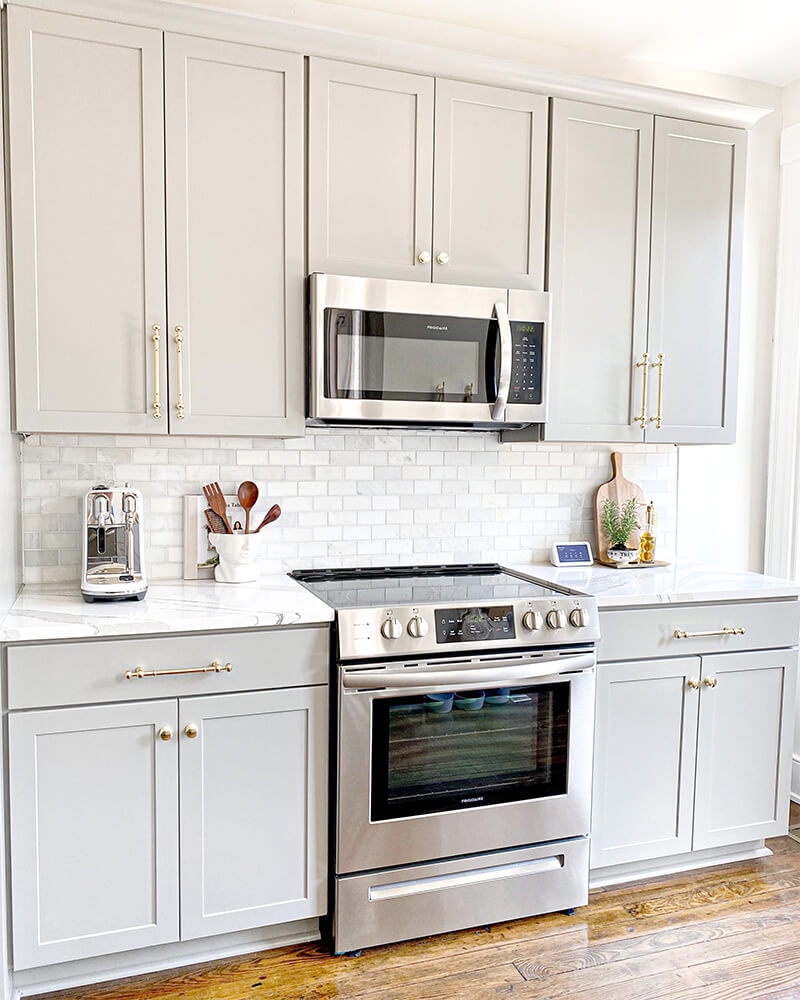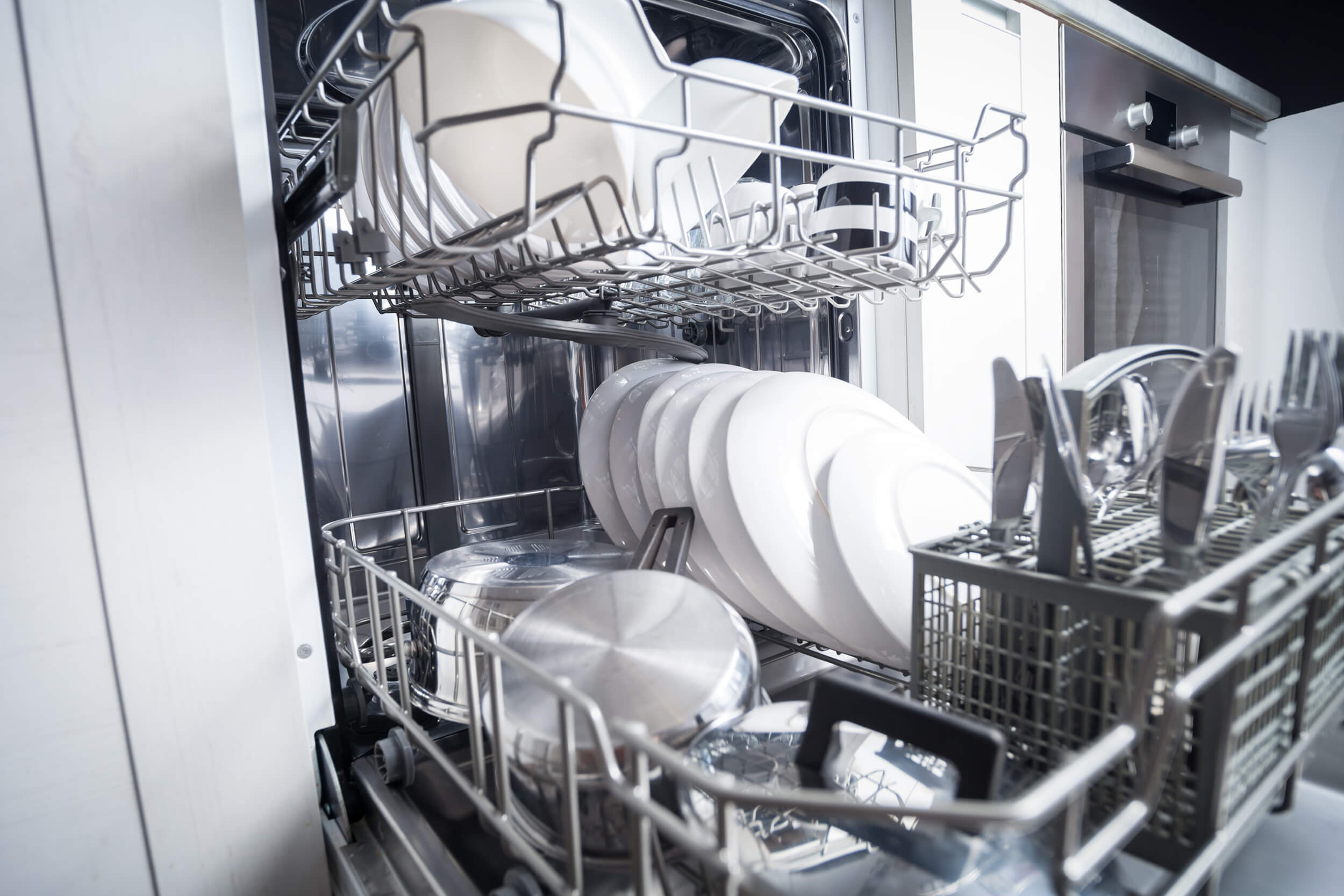Contact: Ben Somberg, 202-658-8129, bsomberg@aceee.org

Washington, DC—More than 20,000 individuals across the nation joined with health, consumer, and climate advocates today to urge the Department of Energy (DOE) to finalize proposed energy efficiency standards for stoves.
The recently proposed standards would ensure both gas and electric stoves and cooktops use more efficient designs or technologies, saving money for their users and reducing indoor air pollution and greenhouse gas emissions. DOE estimates that nearly half of the gas stoves sold today already meet the proposed efficiency level, including all entry-level models.
The comments from members of the public were gathered by Earthjustice and submitted today, the final day for stakeholder comment on the proposal. The proposed rule was also supported in comments submitted to DOE by environmental, climate, and energy efficiency advocates and health advocates.
 Kanchan Swaroop, senior technical advocacy associate with the Appliance Standards Awareness Project (ASAP), said: “This has been long overdue. Some electric stoves waste electricity when they’re not turned on, and some gas stove burners aren’t configured well and can waste heat. This proposal would ensure that all stoves, whether gas or electric, are using more efficient designs and technologies. The department really did its homework here to ensure that gas stoves with features like continuous cast-iron grates and high-output burners can meet the standard.”
Kanchan Swaroop, senior technical advocacy associate with the Appliance Standards Awareness Project (ASAP), said: “This has been long overdue. Some electric stoves waste electricity when they’re not turned on, and some gas stove burners aren’t configured well and can waste heat. This proposal would ensure that all stoves, whether gas or electric, are using more efficient designs and technologies. The department really did its homework here to ensure that gas stoves with features like continuous cast-iron grates and high-output burners can meet the standard.”
Timothy Ballo, senior attorney at Earthjustice, said: “It’s taken 45 years since Congress gave DOE the authority, but we’re finally on the cusp of getting the first efficiency performance standard for cooktops. Reducing the gas burned in kitchen stoves is critical for healthy indoor air quality, and the proposed standards will help by making gas cooktops more fuel efficient. The strong public support demonstrated through many comments endorsing the proposed standards reflects that DOE has proposed a cost-effective, commonsense measure.”
Richard Eckman, energy advocate with the Consumer Federation of America, said: “While it has taken decades, the venerable stove is finally on the path to getting money-saving, performance-based efficiency standards. DOE’s proposal would save Americans $1.7 billion over the years ahead, move us toward cleaner air, and improve the least efficient stoves on the market today. Our surveys over the past decade show that consumers overwhelmingly want more energy-efficient appliances and strongly support stronger federal standards. In addition, they understand that energy prices will continue to be volatile, as the last year has clearly demonstrated. Rigorous future standards will be critical to protecting consumer pocketbooks and continuing an aggressive effort to address climate change.”
The proposed standards for stoves would set separate efficiency requirements for electric smooth, electric coil, and gas models. DOE's proposed standards for each type of product would ensure that electric or gas bill savings exceed any increase in product purchase costs.
The standards would ensure that all models take advantage of proven advances already in use by many stoves today. The standard would cut 22 million metric tons of carbon dioxide emissions, 245 thousand tons of methane emissions, and 52 thousand tons of NOx emissions over 30 years of sales, according to DOE.
For gas stoves, DOE’s analysis found that the proposed efficiency level could be met by optimizing burner and grate design (including grate weight, flame angle, and distance from burner ports to the cooking surface). For electric smooth cooktops, the proposed efficiency level could be met by reducing standby power consumption using low-standby-loss electronic controls.
###
The Appliance Standards Awareness Project (ASAP) organizes and leads a broad-based coalition effort that works to advance, win, and defend new appliance, equipment, and lighting standards that cut emissions that contribute to climate change and other environmental and public health harms, save water, and reduce economic and environmental burdens for low- and moderate-income households.




